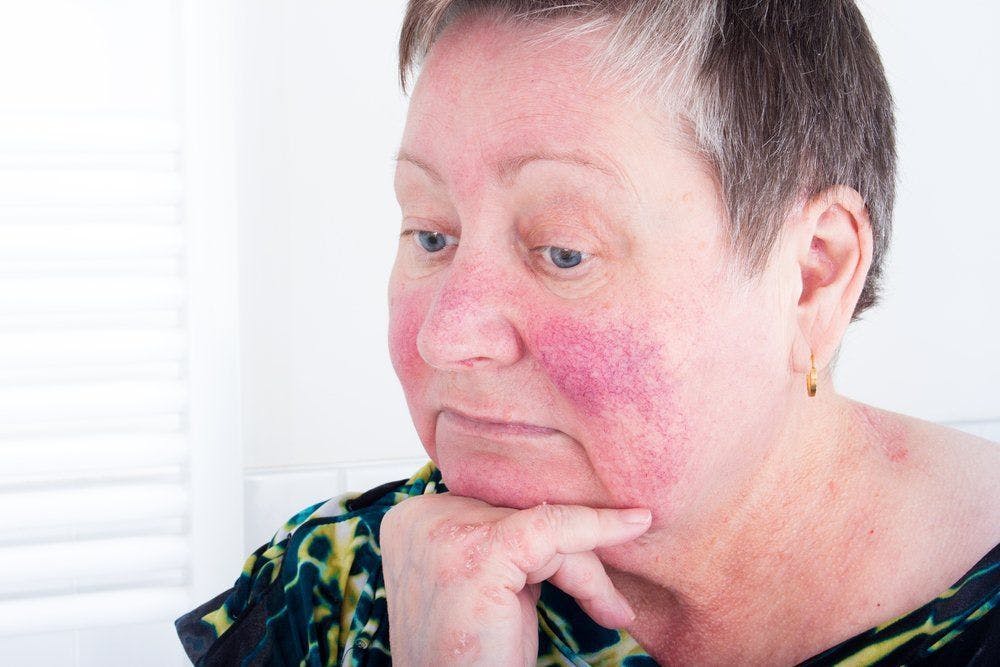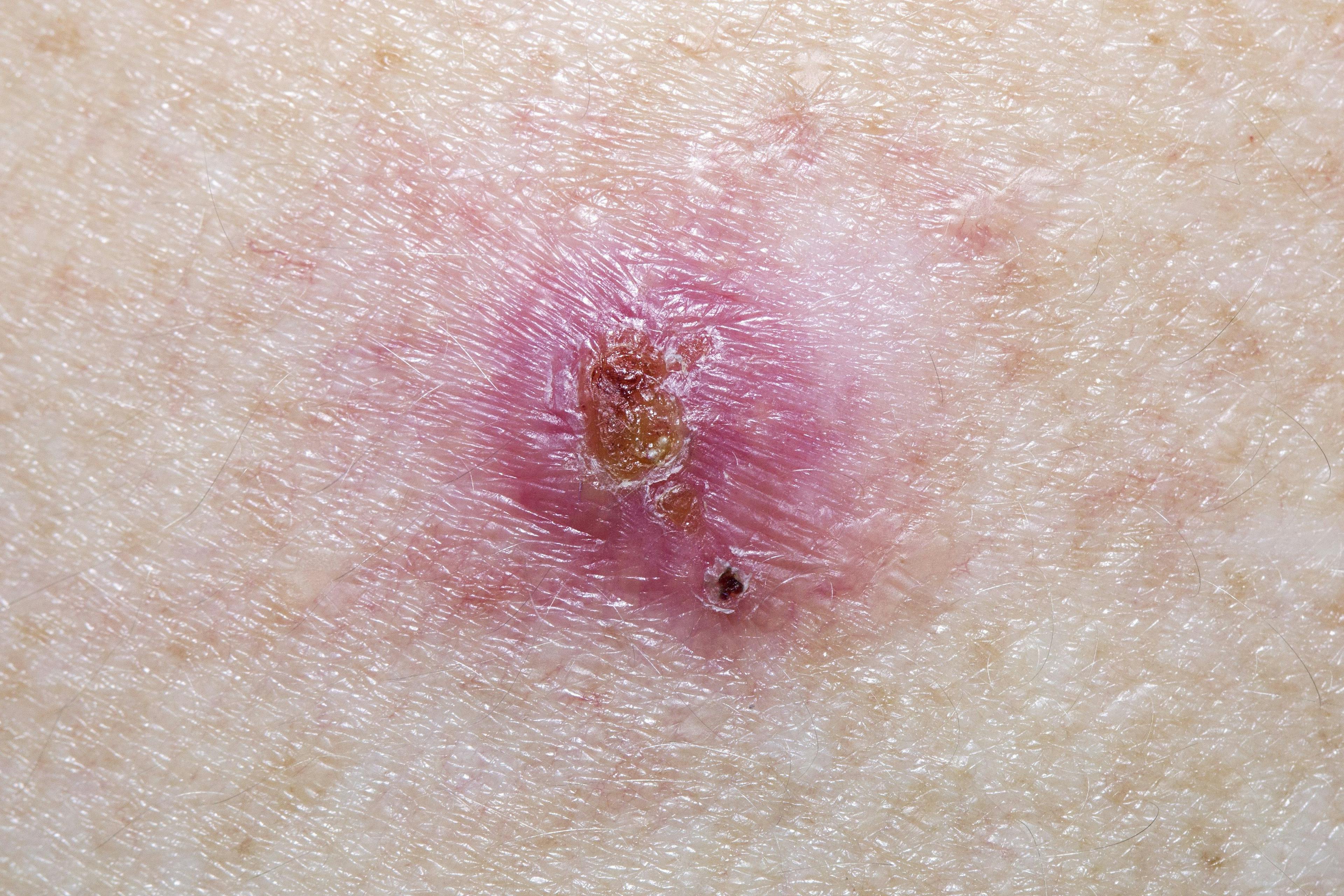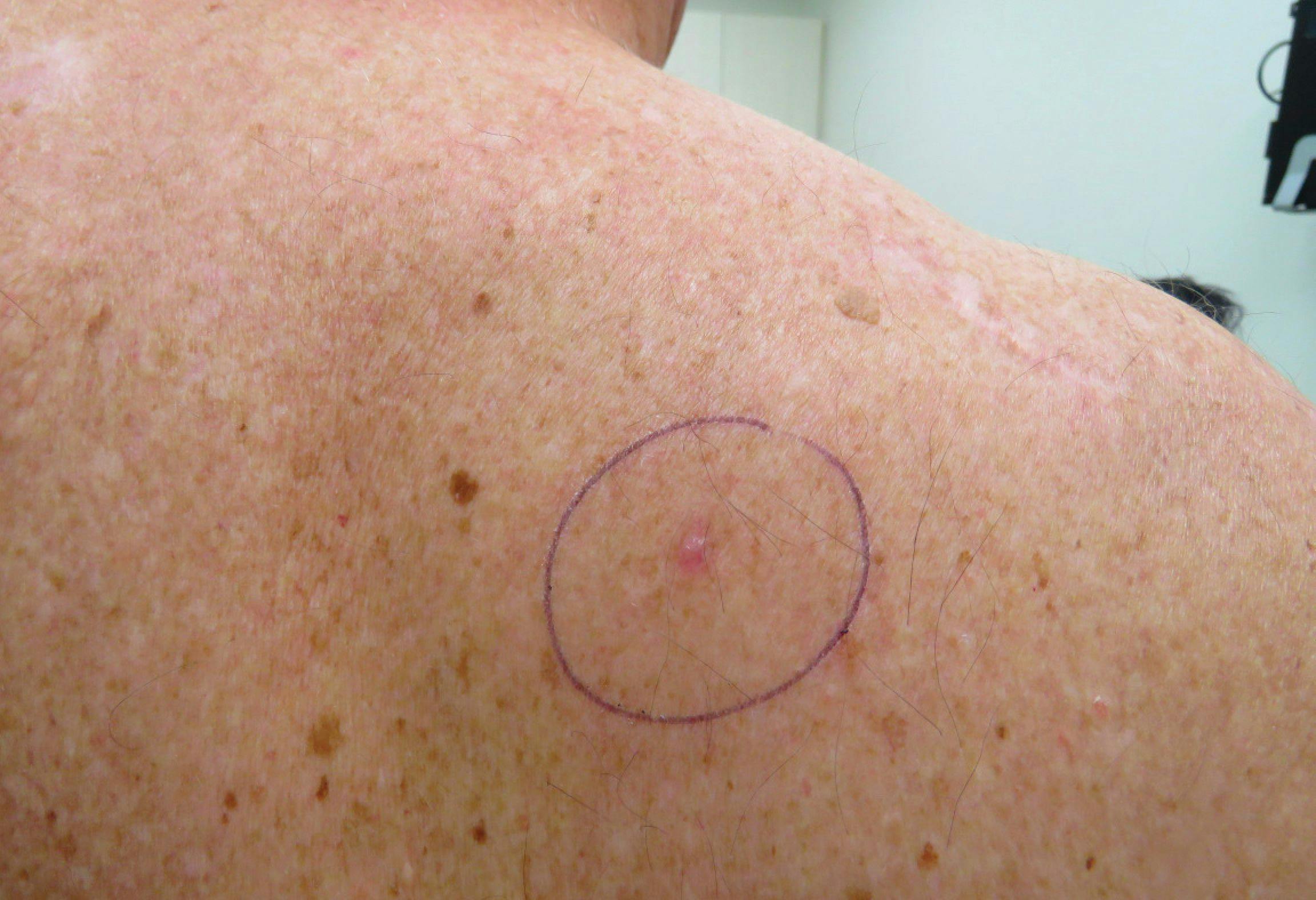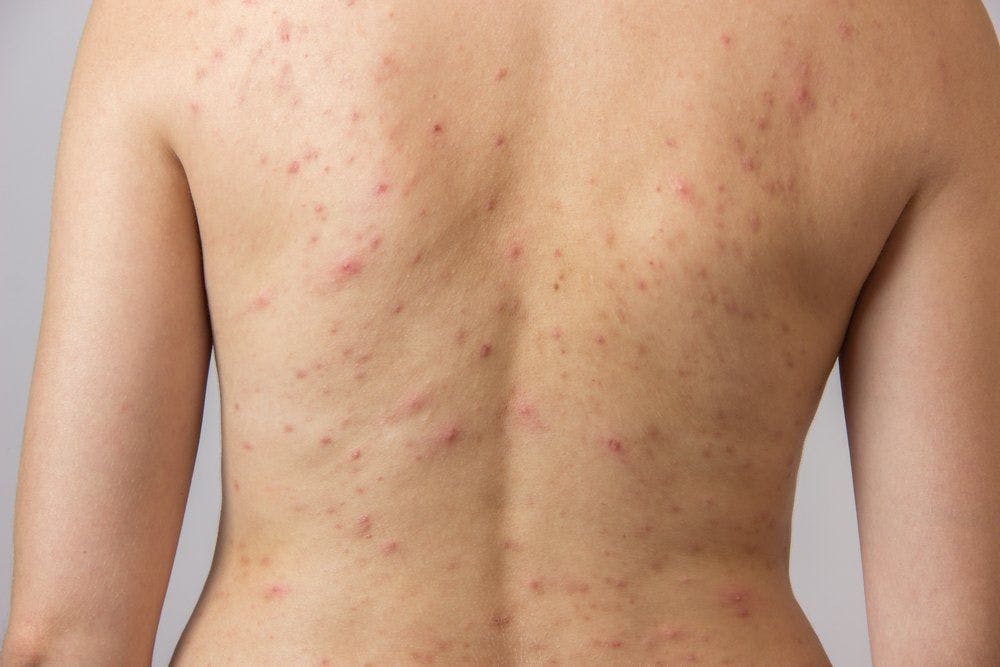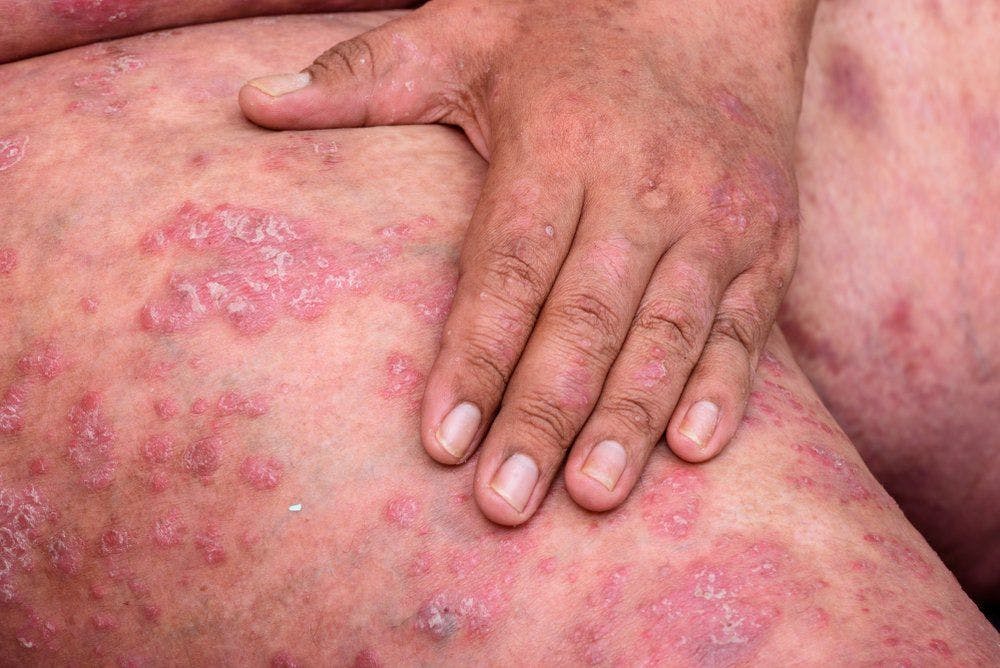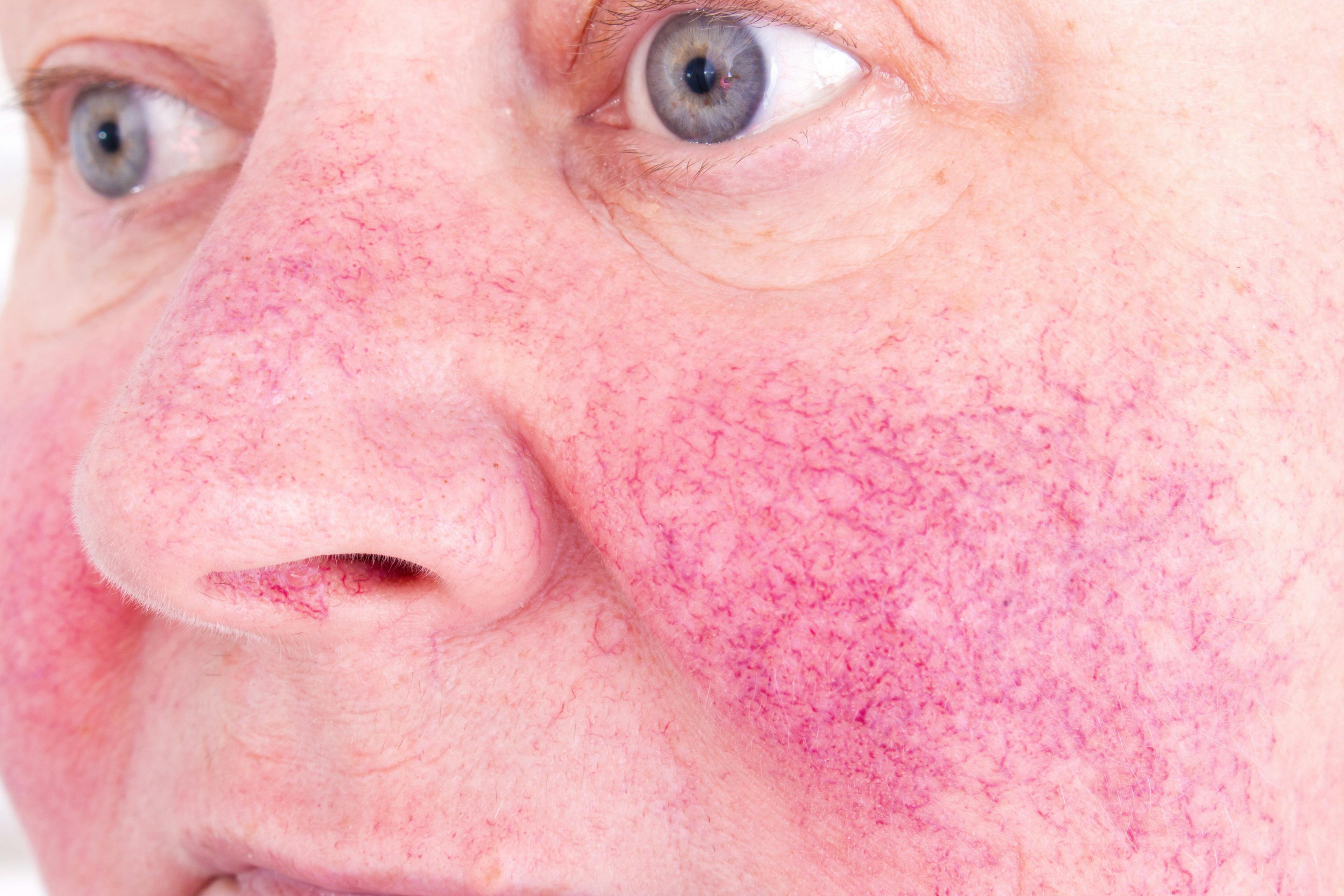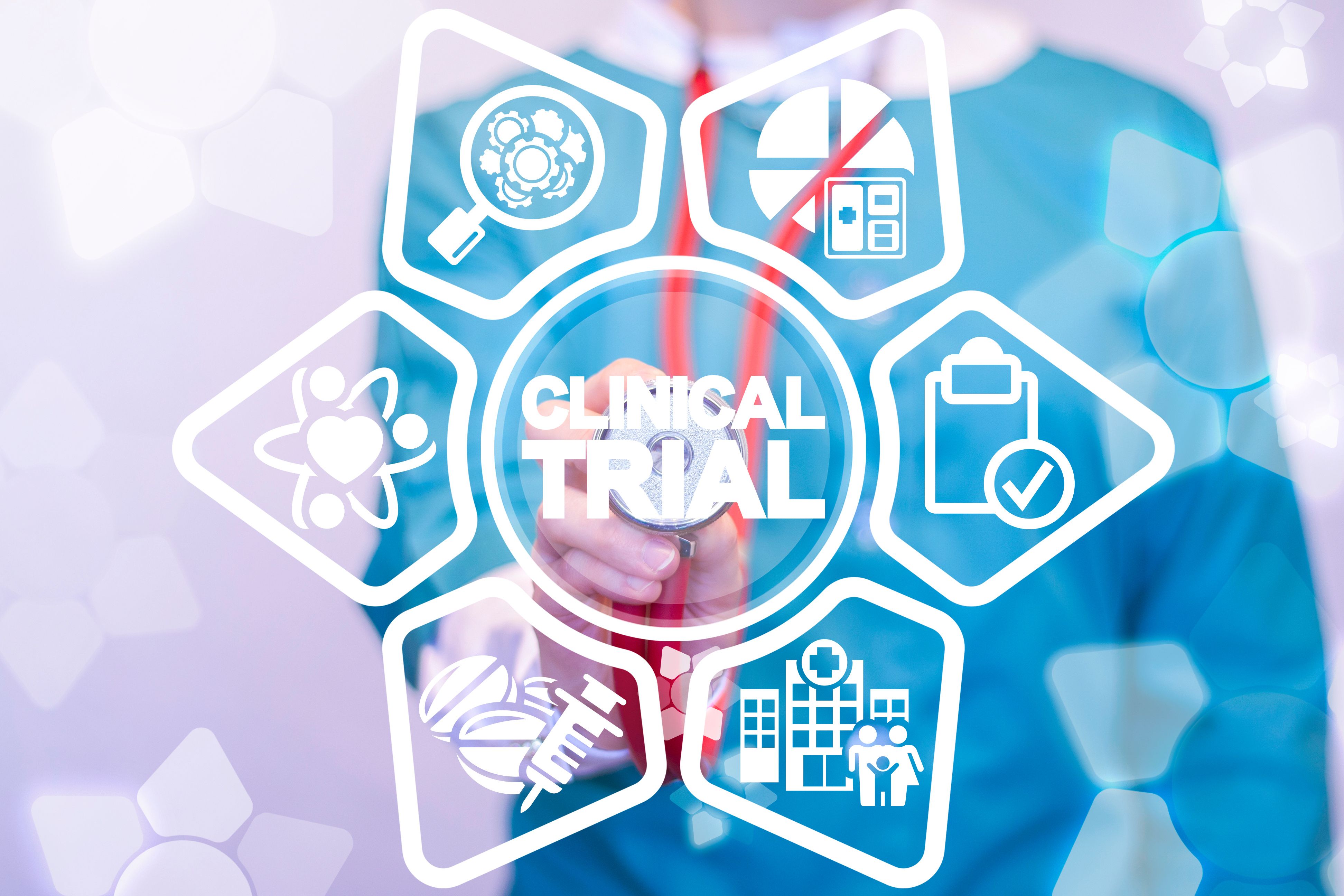- Acne
- Actinic Keratosis
- Aesthetics
- Alopecia
- Atopic Dermatitis
- Buy-and-Bill
- COVID-19
- Case-Based Roundtable
- Chronic Hand Eczema
- Chronic Spontaneous Urticaria
- Drug Watch
- Eczema
- General Dermatology
- Hidradenitis Suppurativa
- Melasma
- NP and PA
- Pediatric Dermatology
- Pigmentary Disorders
- Practice Management
- Precision Medicine and Biologics
- Prurigo Nodularis
- Psoriasis
- Psoriatic Arthritis
- Rare Disease
- Rosacea
- Skin Cancer
- Vitiligo
- Wound Care
Publication
Article
Dermatology Times
Pipeline progress in epidermolysis bullosa
Author(s):
For the first time, there are trials looking at therapies that actually heal epidermolysis bullosa (EB) wounds, offering hope for patients suffering from the rare genetic disorder.
Dermatologists and patients suffering from the rare genetic disorder epidermolysis bullosa (EB) have hope that their care will go beyond supportive wound dressings and bandages. For the first time, there are trials looking at therapies that actually heal EB wounds, according to Jean Y. Tang, M.D., Ph.D., professor of dermatology at Stanford University School of Medicine.
These new therapies have not yet been approved, but there is access to many pipeline treatments through EB-dedicated clinics that are conducting research, like the one at Stanford, Dr. Tang says.
“Two years ago, there was nothing exciting on the horizon for potential therapies for EB,” she says. “Now we need EB patients to come and get tested for clinical trials because 2020 is going to be the year for EB.”
TARGETING THE COLLAGEN 7 GENE IN RDEB
Many of today’s pipeline therapies target the collagen 7 gene to treat one of the most severe EB types, recessive dystrophic EB (RDEB).
“Now we’re talking about targeted therapy—gene-specific therapy. In RDEB, patients are born with mutations in the collagen 7A gene, and they can’t make anchoring fibrils that connect the epidermis to the dermis. That’s why they’re called butterfly children because their skin is fragile as butterfly wings,” Dr. Tang says.
One such investigative therapy is EB-101 (Abeona Therapeutics), an autologous, gene-corrected cell therapy, which will begin phase 3 trials in RDEB patients soon. Dr. Tang, who is the trial’s principal investigator and was part of the Stanford team that developed the approach to treatment, says EB-101 therapy involves delivering collagen 7A1 genes with gene transfer into the patient’s keratinocytes and transplanting them back to the patient with skin grafts, or stem cell therapy sheets, to enable normal skin function and healing.
Early research suggests EB-101 treatments lasts from six months to a few years, according to Dr. Tang. Researchers also are studying the systemic intravenously-delivered RDEB treatment PTR-01 (Phoenix Tissue Repair) in a phase 1/2 clinical trial.
“PTR-01 is an infusion of collagen 7 for patients with recessive dystrophic EB. I think this has great potential because it’s more or less replacing the protein that’s deficient in the condition. Because it’s given systemically, it really could help not just the skin but the internal manifestations seen in the condition,” says study investigator Anna Bruckner, M.D., associate professor of dermatology and pediatrics, University of Colorado Anschutz Medical Campus in Aurora, Colo.
RDEB patients often have wounds not only on the skin but also in the mouth and esophagus, leading to poor nutrition and anemia, as well as scarring in their eyes from blisters and wounds in the eyes, according to Dr. Tang.
In early 2019, Fibrocell Science announced it was collaborating with Castle Creek Pharmaceuticals to develop and commercialize its gene therapy candidate FCX-007 for RDEB treatment. Currently in a phase 1/2 study, FCX-007 involves taking a biopsy of the patient’s skin, isolating broblasts and injecting corrected broblasts around the wound periphery.
“Several patients have already been treated and we have openings for more,” Dr. Tang says.
The Fibrocell and Abeona trials include children with RDEB, she says. Fibrocell’s treatment is similar to that of Abeona’s EB-101, according to Dr. Bruckner.
“The difference is that the Abeona study is using the epidermis and making it into sheets. Whereas the Fibrocell study is injecting cells that normally live in the deeper layer of skin back into the skin. So, it’s a di erent cell type but the concept of creating cells that can make the protein correctly is similar,” Dr. Bruckner says.
And in June 2019, Krystal Biotech announced positive results from a phase 2 clinical trial for its pipeline gene therapy KB103, designed to deliver functional human collagen 7A1 genes to patients’ dividing and nondividing skin cells. The company claims its proprietary viral vector can penetrate skin cells more e ciently than other viral vectors. KB103 is a cream containing a virus with collagen 7, according to Dr. Tang.
THERE’S MORE…
AP101 (Oleogel-S10; Amryt Pharma) is available as a topical burn wound treatment in Europe, according to Dr. Bruckner.
“It is not really disease specific for EB. But I think the hope is that it might also help to improve wound healing and patient symptoms in EB,” Dr. Bruckner says. “Managing symptoms is really important. EB patients cite pain, itching and the burden of their wounds as things that are very bothersome. So, I do think that even if a treatment is not necessarily disease modifying but helps relieve the patient burden it has tremendous value.”
Researchers are conducting a phase 3 study for Oleogel-S10, which is now enrolling patients in the United States, according to the Dystrophic Epidermolysis Bullosa Research Association of America (debra).
BIG STRIDES BUT WE’RE NOT THERE YET
EB care has improved dramatically in recent decades, as dermatologists and others have gained a better understanding of complications that these patients are likely to experience and ways that to address those early on, according to Dr. Bruckner.
“The hope is that we’ll have better treatments for patients. It’s very encouraging that there are so many pharmaceutical companies that are interested in helping patients with EB. This, I think, has been part of a sea change having to do with the FDA changing how it looks at rare diseases.
The traditional approach to clinical trials really doesn’t work for conditions that don’t have a lot of affected people,” Dr. Bruckner says. “Still, developing new therapies does take time, and we’re in the early part of that process. But I think it’s encouraging to see the momentum.” In the meantime, dermatologists should consider learning more about what’s in clinical trials by looking at ClinicalTrials.gov or debra.org and possibly referring patients to those, Dr. Bruckner says.
Dermatologists should also consider sending EB patients to EB centers, which usually are at academic centers or children’s hospitals, to see if there are ways that care could be optimized, according to Dr. Bruckner.
Disclosures:
Dr. Bruckner is an investigator for Castle Creek, Fibrocell, Phoenix Tissue Repair and Amryt and she has consulted for Castle Creek in the past. Dr. Tang is an investigator with Phoenix Tissue Repair and Abeona.
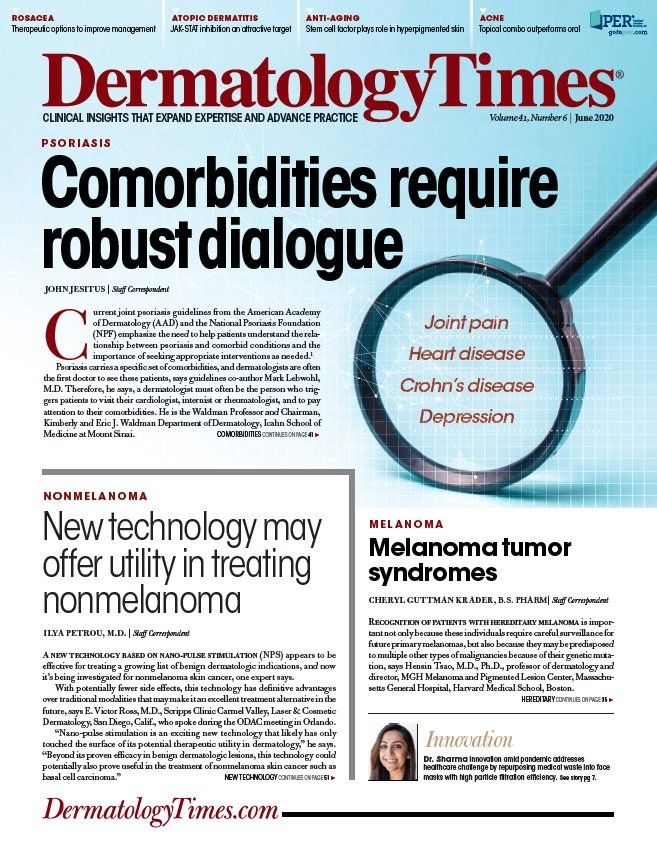
Newsletter
Like what you’re reading? Subscribe to Dermatology Times for weekly updates on therapies, innovations, and real-world practice tips.


